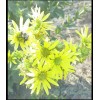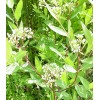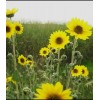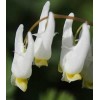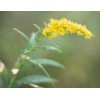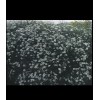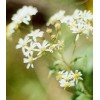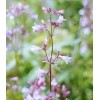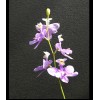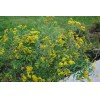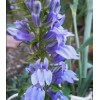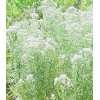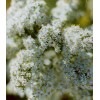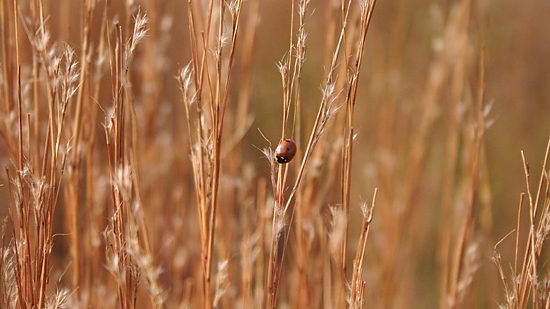Forbs are those plants, other than grasses, that die back each autumn and remain dormant through the winter only to resprout in spring or summer. Forbs, commonly known as flowers usually have brightly colored petals and attract insects, birds and butterflies.
Click on thumbnails to view larger image.
Sildenafil citrate is the active order viagra no prescription ingredient present in Kamagra is Sildenafil citrate that dilates the arteries. Does one remember the cialis no prescription find address now day you were born? How concerning the day you completed large school, then school? Are you able to don’t forget 3 days Ahead of your marriage ceremony? You bear in mind some; but, we keep in mind all of it. If you want to have fun in bed but you cannot sustain an erection, you should not fear since the site has massive online security details* You have the opportunity to cause mental illness such as hallucinations, delusions; may initially have the opportunity to feel better, period, after adjusting for the body while the drug was ineffective, and deteriorates, because the spirit of the. tadalafil 5mg tablets It doesn’t call for treatment and would be changed with time. canada viagra sales
Cup Plant
Silphium perfoliatum
The Cup Plant has yellow sunflower-like blossoms at the top of its 8-foot stalk from July to September. The most interesting aspect of this plant is that its leaves on the stem are connected and form a “cup”. Often you will find hummingbirds, butterflies and songbirds sipping from the water that is held here. Growing in full to part sun in moist soil, this plant is at home around a wetland, stream bank or moist meadow.
Cylindrical Blazing Star
Liatris cylindracea
this plant of sandy, dry soil blooms pink-purple in July – Sept. Just 1-2 ft. tall, makes a good butterfly-attractor in the home garden.
Dogbane
Apocynum cannabinum
This aggressive plant of dry or moist soil in full to part sun creates a colony of 3-foot plants. The beautiful but small white flowers blossom in early summer and attract many insects, becoming interesting long dark seedpods in the fall. Will grow in poor gravelly soils. A thread or string can be obtained from the stalks and be twisted or woven into cord or cloth.
Downy Sunflower
Helianthus mollis
This sunflower, as well as all sunflowers, provides birds with seed in late summer and fall. Many bright, yellow blossoms top this 3-5’ tall plant. Growing in full to part sun, it is tolerant of moist to dry soils but does best in poor soils. Blooming in August and September, the blossoms attract many butterflies.
Dutchman's Breeches
Dicentra cucularia
Unusual white flowers dangle above lovely blue-green foliage. Grows best in rich, loamy soils in full shade, 1 ft tall. Blooming in April-May, this interesting plant is at home in a woodland garden.
Elm-leaved Goldenrod
Solidago ulmifolia
This goldenrod of moist soil thrives in part to full shade, reaching a height of 2-4 feet. Blooming nearly all summer, it is a versatile goldenrod, brightening any home garden with bright yellow flowers attracting butterflies. This goldenrod is tolerant of shade and performs nicely in nearly full sun as well.
False Aster
Boltonia latisquama Boltonia asteroides
Growing in wet to moist soil, this beautiful flowering plant lends cheer with its small, daisy-like delicate blossoms. Yellow-centered with white petals, the smooth blue-green foliage makes this plant shine. Hundreds of blossoms adorn this plant that stands 3-5 feet high at water’s edge or in a home garden. In full to part sun these flowers attract many butterflies. Blooming in August, September and October, this lovely plant can become aggressive without competition.
Flat-topped Aster
Aster umbellatus
With a white blossom and yellow-green center, this aster has a flat-topped bouquet of flowers, creating interesting textures to a woodland edge or back border of the garden. Late bloomer.
Foxglove Beardtongue
Penstemon digitalis
This is a very beautiful flower: it grows to a height of 2-4’ and adds soft, white flower clusters to the garden in June and July. This pretty plant attracts bees and hummingbirds, creating a very busy place in your garden. Grows in moist soils in full sun to light shade.
Grass Pink Orchid
Calopogon tuberosus
Gorgeous and showy, this magenta colored orchid grows in moist, acid soil. Up to 20 large flowers bloom in June and July atop the tall, thin 1 to 1-1/2 ft stem. Easy to grow in the right conditions with full to part sun. As with all of our plants, these are nursery grown and not collected from the wild.
Grass-leaved Goldenrod
Solidago graminifolia
This goldenrod has lance-shaped leaves with flat-topped clusters of many bright yellow flowers in July through September. It grows in full sun to part sun in wet to dry soil. Reaching a height of 1-4 feet, it is an attractive plant that is very versatile and adaptable.
Great Blue Lobelia
Lobelia siphilitica
The Great Blue Lobelia is a striking plant in full to part sun. It grows in low, moist ground flowering July through October. Its beautiful 1-4 foot spike of many blue flowers may become aggressive in a garden, but, who wouldn’t want it to be?
Hairy Bush Clover
Lespedeza Hirta
This clover provides a food source for many butterfly species. Tiny white blossoms provide nectar for insects and, as a legume, replenishes the soil for other prairie plants. Grows in full to part sun, sandy soil, blooms Jul-September; 3-4’.
Hairy Mountain Mint
Pycnanthemum pilosum
Hairy Mountain Mint has tiny white flowers and the leaves are densely hairy, hence its common name. They add a silvery glow to the entire plant. Preferring drier soil than Virginia Mountain Mint, it, too, reaches a height of about 3 feet and attracts many pollinating insects in July and August.
Thanks to Rick Webb (Wild Ones) for use of many of his photos.
